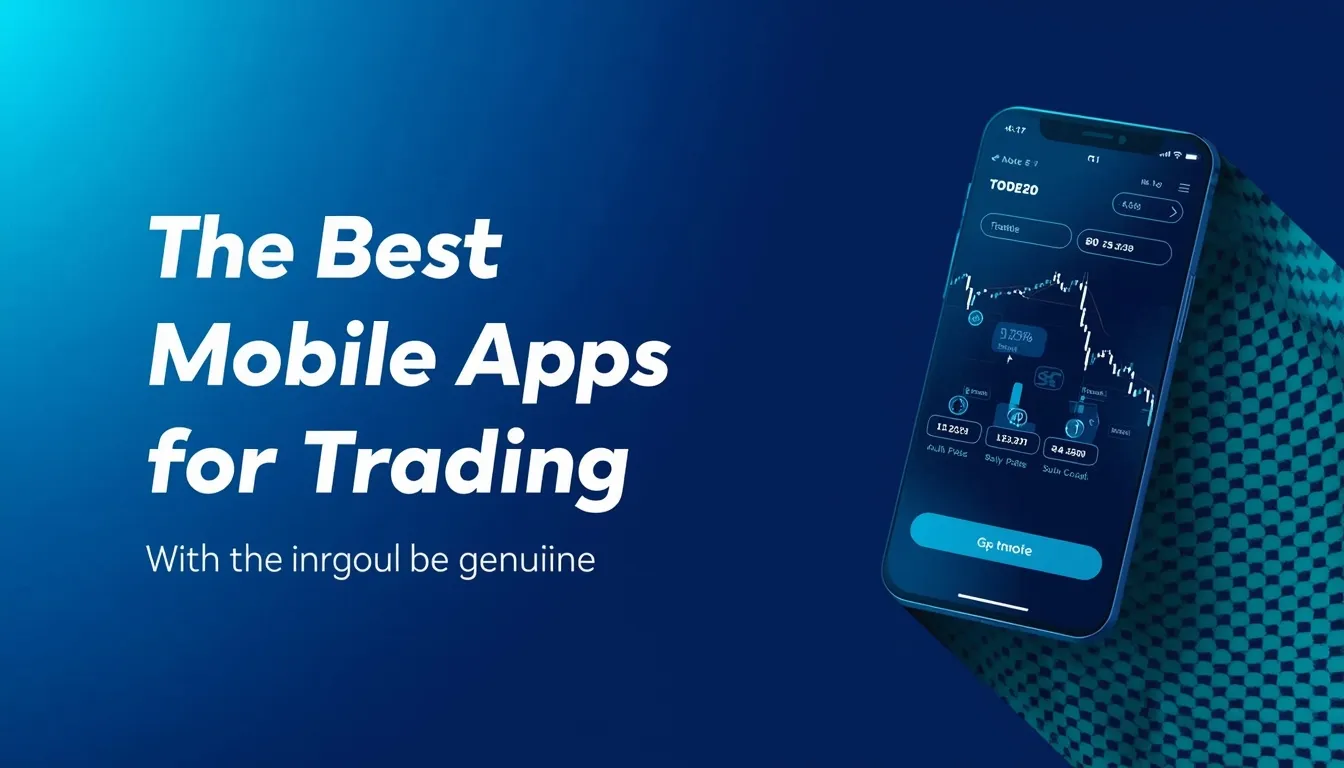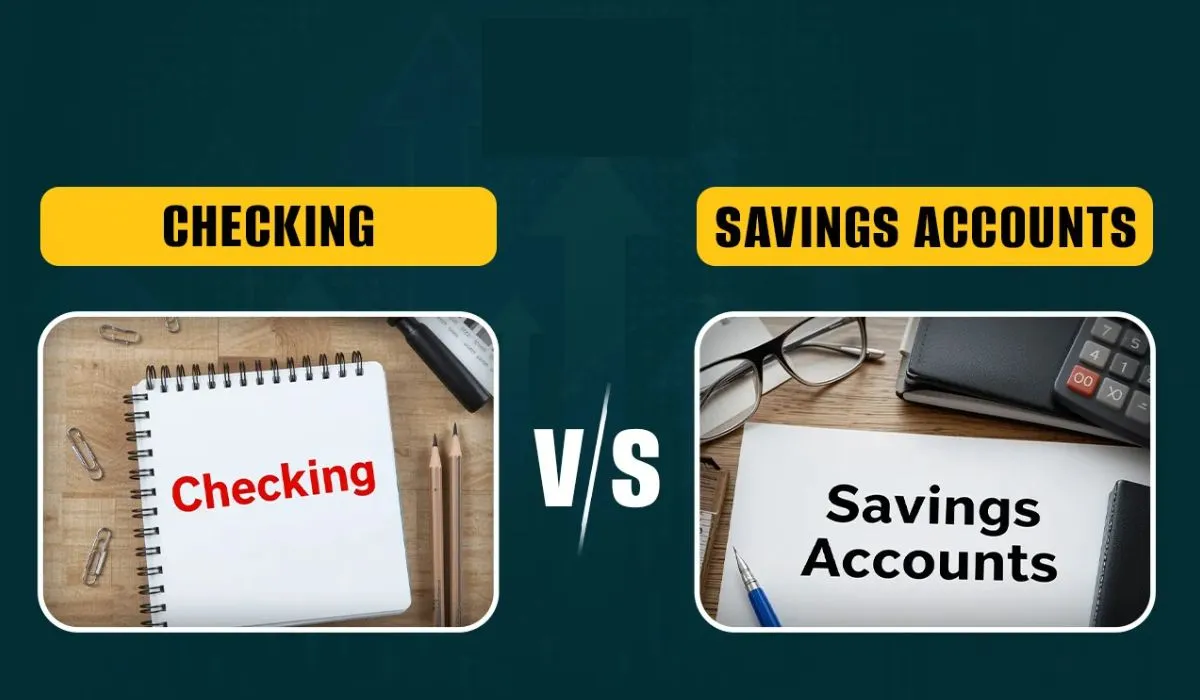Buying dividend-paying companies or dividend stock funds is a terrific strategy to get passive income from a stock portfolio. A portfolio consisting of dividend-paying stocks can compound dramatically over several years.
This article will detail how to add dividend-paying companies to your portfolio and further outline the benefits and hazards of dividend-paying stocks and ETFs.
How to Buy Dividend Stocks
Buying a stock that pays a dividend is as simple as buying any other stock. The investor registers an account at a brokerage firm, investigates the dividend-paying stock or fund they wish to acquire, then purchases the stock or fund through the broker’s order entry system.
Steps Required to Buy Dividend Stocks
Buying dividend stocks is a reasonably basic process. The investor opens and funds an account, investigates the stock or fund they wish to purchase, makes the transaction, and then monitors their position. Here’s How It Works

Step 1: Open a brokerage account. Opening an account is a pretty basic process and can be done online. Accounts can be started rapidly, and do not require funding immediately.
Dividend investing is not as intense as swing or other more aggressive trading methods, thus most online brokers are suitable for this more passive investment technique that usually comprises buying and holding positions, rather than actively trading them.
Step 2: Fund your account. The investor needs to fund their account once it has been approved and setup. This can be done via ACH bank transfer, wire transfer, check, or by transfer from an existing investment account.
Step 3: Choose your stocks. Choosing dividend stocks or funds to invest in has become easier thanks to stock screeners available from most internet brokers. The investor can use the screener to filter for dividend-paying companies first, and you can also filter for a dividend yield above a specific rate.
The dividend yield of particular companies should be compared to the level of interest rates, as well as the dividend yield of other stocks within the same industry or market sector. Once you have identified some strong dividend-yielding stock candidates, identify the types of firms you want to invest in, such as the industry or sector.
Other potential factors in choosing dividend stocks may include market capitalization, a company’s relative risk (using a stock’s Beta may be a helpful tool for this—see this article on how to use beta to calculate a stock’s risk), and the technical position of the stock using price charts and technical analysis with a larger focus on the medium and long term prospects for the stock.
Step 4: Monitor your stocks. Monitoring dividend stocks is similar to monitoring any other stock positions. You want to monitor the overall performance of the companies, including how the various sectors and industries you have exposure to in your portfolio are doing.
In addition to monitoring this overall exposure on the stocks’ overall performance, you need also look to see that dividends continue to be paid, and ideally that the payments are increasing.
Another component of monitoring dividend stocks is examining the firm’s ability to continue to pay dividends using corporate earnings, and not by spending cash and other resources only to preserve the dividend. This analysis pertains to the quality of earnings, the debt-to-equity ratio, and other basic assessments.
Step 5: Receive your dividends. Dividends on equities are normally paid quarterly. There are four dates associated to profit installments: the announcement date, the ex-dividend date, the record date, and the paying date. The affirmation date appears the sum of the profit installment, as well as the ex-dividend and payable dates.
The ex-dividend date is the to begin with date of exchanging on the stock where the profit will not be paid to the proprietor of the offers. The record date is the exchanging day after the ex-dividend date and shows the proprietors of the stock that will get the profit. At long last, the payable date is the day the profit installment is really made to stockholders.
What You Need to Open a Dividend Stock Account?
Personal Information
Similar to other stock trading accounts, brokers ask certain personal information to open a dividend stock account. This information includes name, Social Security number (or taxpayer ID number), address, email address, date of birth, and a government ID (such as a license or passport).
Financial Information
Brokers will also require personal financial information, such as net worth and income, under the Know Your Client (KYC) laws to determine whether opening a trading account is appropriate for you.
Opening a trading account for the purpose of wealth-building and obtaining income are conservative reasons to open an account, and are typically allowed if the personal information is in correct order.
Types of Dividend Investments
Dividend investment alternatives include individual equities, high-yield mutual funds and ETFs, and dividend-appreciation funds and ETFs. All of these investment categories require the purchase of dividend-paying stocks, but mutual funds and ETFs are investment vehicles that purchase multiple dividend equities on behalf of their owners.
Individual Companies
Investing in individual companies that pay a dividend is the most direct way to acquire access to dividend-paying stocks in a portfolio. In this situation, the investor constructs a portfolio of diverse firms that pay a dividend by completing their own research and making their own selections on which stocks to hold in their portfolio.
This strategy does not normally involve any additional fees, especially as most online brokers give commission-free stock trading. The investor is accountable for all of the investment decisions, however, so must do their study and continuously check their positions.
High-Yield Mutual Funds and ETFs
High-yield common stores and ETFs are overseen reserves that select high-yielding profit stocks on sake of their financial specialists. With these stores, the speculator does not have to select the person profit stocks for their portfolio, but they still get the profit installments in the shape of cash or by reinvesting the profits in assist offers of the shared finance or ETF.
Whereas most of these stores pay profits on a quarterly premise, a few do so on a month to month timetable. There are expenses associated with these stores.
Which impact the add up to execution of these stores, so the speculator will have to consider whether the expenses are worth paying relative to by and large execution and not having to select and oversee the profit stocks they are contributing in themselves.
Dividend-Appreciation Funds and ETFs
Dividend-appreciation funds and ETFs are comparable to high-yield mutual funds and ETFs, but the dividend stocks the professional managers chose for these portfolios will consist of dividend stocks that have regularly increased their dividends over several quarters.
Like high-yield mutual funds and ETFs, investors need to take the funds’ costs into mind when choosing a fund. You may also read this: Factors to Consider in Banking Investments
Factors to Consider When Opening a Dividend Stock Account

Fees: Fees are a significant aspect in any trading account, as fees effect the overall results on an investing account. Fortunately for investors trading individual dividend stocks, most brokers have converted to a commission-free arrangement.
So there is no expense. Commissions on individual stock trading are likewise relatively low for individuals trading in commission accounts, but most dividend investors are likely to choose a no-commission broker for purchasing individual dividend equities.
Investors wanting to obtain exposure to dividend stocks by mutual funds or ETFs should look at the fees and expense ratios paid by those funds, which will effect overall results. Fees on ETFs are often cheaper than on mutual funds.
Account minimums: The majority of online brokers no longer have account minimums, while certain mutual fund firms have minimum investment amounts when investing directly through them. However, investors can acquire access to many dividend mutual funds and ETFs directly through one of the many commission-free online brokers.
Research and trading tools: Research on dividend stocks is a crucial aspect in selecting on which stocks to add to a portfolio, therefore it is helpful to utilize a broker that has a strong stock screener, as well as good fundamental and technical information for analyzing companies and industries.
As for trading tools, having the ability to use conditional orders to manage trading positions for profit and loss management, and the ability trade and monitor positions directly from a price chart, are nice-to-have features, but less critical since dividend investing typically involves more of a buy and hold, and much less active, trading style. This article covers the merits and cons of a passive buy and hold approach.
Customer service: With any broker, good customer service is a desirable thing to have. While choosing and investing in dividend stocks and funds is a pretty straightforward endeavor.
Those newer to investing may particularly benefit from responsive customer service that can help them learn how to use stock screeners, make decisions on automatic reinvestment options, and execute trades. Some brokers offer live chat services in addition to customer assistance by phone, and there is a difference amongst brokers on their response times.











